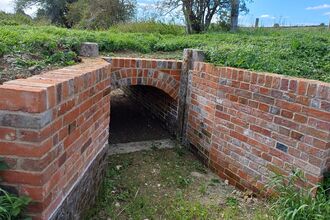
Restoring Hampshire’s Historic Water Meadow Structures
This summer, Watercress and Winterbournes restored two important water meadow structures on the Candover Brook in Totford. Read about the historical significance and the careful restoration…

This summer, Watercress and Winterbournes restored two important water meadow structures on the Candover Brook in Totford. Read about the historical significance and the careful restoration…
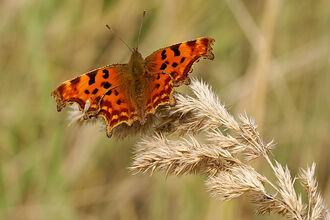
As autumn deepens, the days grow shorter, the air turns crisp, and many of our familiar butterflies vanish until spring. But one species refuses to disappear. The comma butterfly, with its ragged…
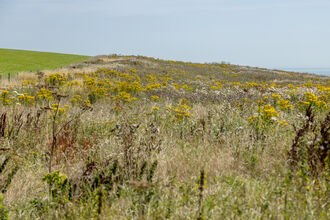
This should have been the year we turned the tide for nature. Instead, the Government appears poised to preside over the worst environmental rollback in decades.
The Atlantic salmon, Salmo salar, is a remarkable migratory fish, renowned for its silver body, streamlined shape, and extraordinary life cycle. Born in freshwater rivers, salmon spend the first…
It has often been said that a squirrel could once make its way from Land’s End to John o’ Groats without ever touching the ground. Were England’s forests ever so dense that this could have been…
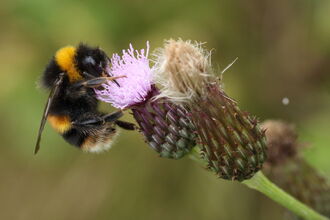
November was once the quiet season for bumblebees. By mid-autumn, most colonies had died away, leaving only newly-mated queens tucked into soil or leaf litter to wait for spring. But across the UK…
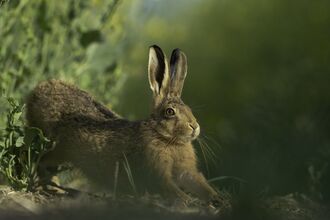
One of our countryside’s most iconic and agile mammals is the brown hare (Lepus europaeus). Known for its long, black-tipped ears and astonishing speed – up to 45mph when evading predators – the…

Wicor Primary School Headteacher Mark Wildman shares his experience of their Ofsted report back in November 2024. He also shares his thoughts on how their partnership with Hampshire & Isle of…
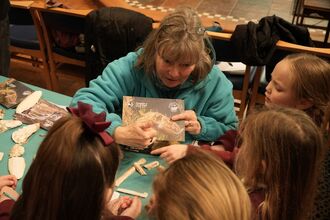
Sadly, they are not - but if you volunteer, you can dive into their mythical realm and feel a little magic of your own. This blog is written by Nicky Thomas, a long-standing Trust volunteer who…
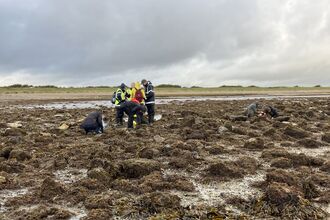
This blog is written by Bonnie Waycott, a first-time intertidal survey volunteer, and provides a beautifully vivid account of her day at Keyhaven.